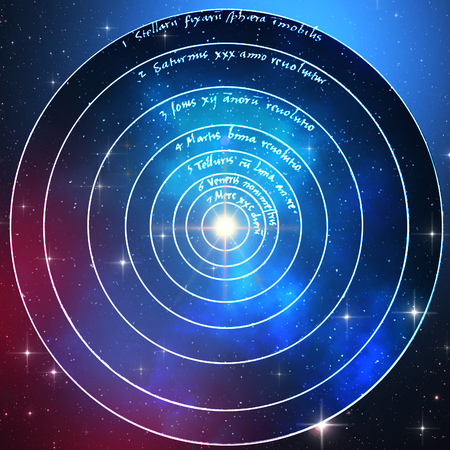Astronomers and Solar Physicists meet at Telegrafenberg
The Leibniz Institute for Astrophysics Potsdam (AIP) welcomes 60 Astronomers and Solar physicists for its 12th Thinkshop under the title "The Dynamic Sun – Exploring the Many Facets of Solar Eruptive Events“. From October 26 to 29 these experts will discuss recent research and upcoming issues of solar physics.
Erupting filaments, surges, flares, and coronal mass ejections are prominent examples of the dynamic Sun. Multi-wavelength and multi-instrument observations have the potential to reveal highly energetic physical processes on the Sun reaching from the photosphere, over the chromosphere and the transition region, to the corona and beyond. Solar physicists have nowadays access to a suite of new ground-based observing facilities including, for example, the 1.5-meter GREGOR solar telescope at the Observatorio del Teide, Tenerife, Spain, the European Low Frequency Array (LOFAR), the Atacama Large Millimeter/Submillimeter Array (ALMA) in Chile, and the Coronal Multi-Channel Polarimeter for Slovakia (COMP-S) at Lomnicky Peak Observatory. A powerful fleet of space missions adds more capabilities to investigate magnetic fields, complex plasma flows, and accelerated particle, and thermal properties of solar eruptive events.
In the tradition of the series of »Potsdam Thinkshops«, instrument specialists, observers, modellers, and theorists are going to exchange ideas, to stimulate discussion, to initiate future collaborations among participants, and to attract new users of instruments by showcasing the capabilities.
Further information on the 12th AIP Thinkshop.
Science contact: apl Prof. Dr. Carsten Denker, cdenker@aip.de, +49 331-7499 297
Media contact: Kerstin Mork, presse@aip.de, + 49 331-7499 803
The Leibniz Institute for Astrophysics Potsdam (AIP) welcomes 60 Astronomers and Solar physicists for its 12th Thinkshop under the title "The Dynamic Sun – Exploring the Many Facets of Solar Eruptive Events“. From October 26 to 29 these experts will discuss recent research and upcoming issues of solar physics.
Erupting filaments, surges, flares, and coronal mass ejections are prominent examples of the dynamic Sun. Multi-wavelength and multi-instrument observations have the potential to reveal highly energetic physical processes on the Sun reaching from the photosphere, over the chromosphere and the transition region, to the corona and beyond. Solar physicists have nowadays access to a suite of new ground-based observing facilities including, for example, the 1.5-meter GREGOR solar telescope at the Observatorio del Teide, Tenerife, Spain, the European Low Frequency Array (LOFAR), the Atacama Large Millimeter/Submillimeter Array (ALMA) in Chile, and the Coronal Multi-Channel Polarimeter for Slovakia (COMP-S) at Lomnicky Peak Observatory. A powerful fleet of space missions adds more capabilities to investigate magnetic fields, complex plasma flows, and accelerated particle, and thermal properties of solar eruptive events.
In the tradition of the series of »Potsdam Thinkshops«, instrument specialists, observers, modellers, and theorists are going to exchange ideas, to stimulate discussion, to initiate future collaborations among participants, and to attract new users of instruments by showcasing the capabilities.
Further information on the 12th AIP Thinkshop.
Science contact: apl Prof. Dr. Carsten Denker, cdenker@aip.de, +49 331-7499 297
Media contact: Kerstin Mork, presse@aip.de, + 49 331-7499 803
Images
Solar spot.





